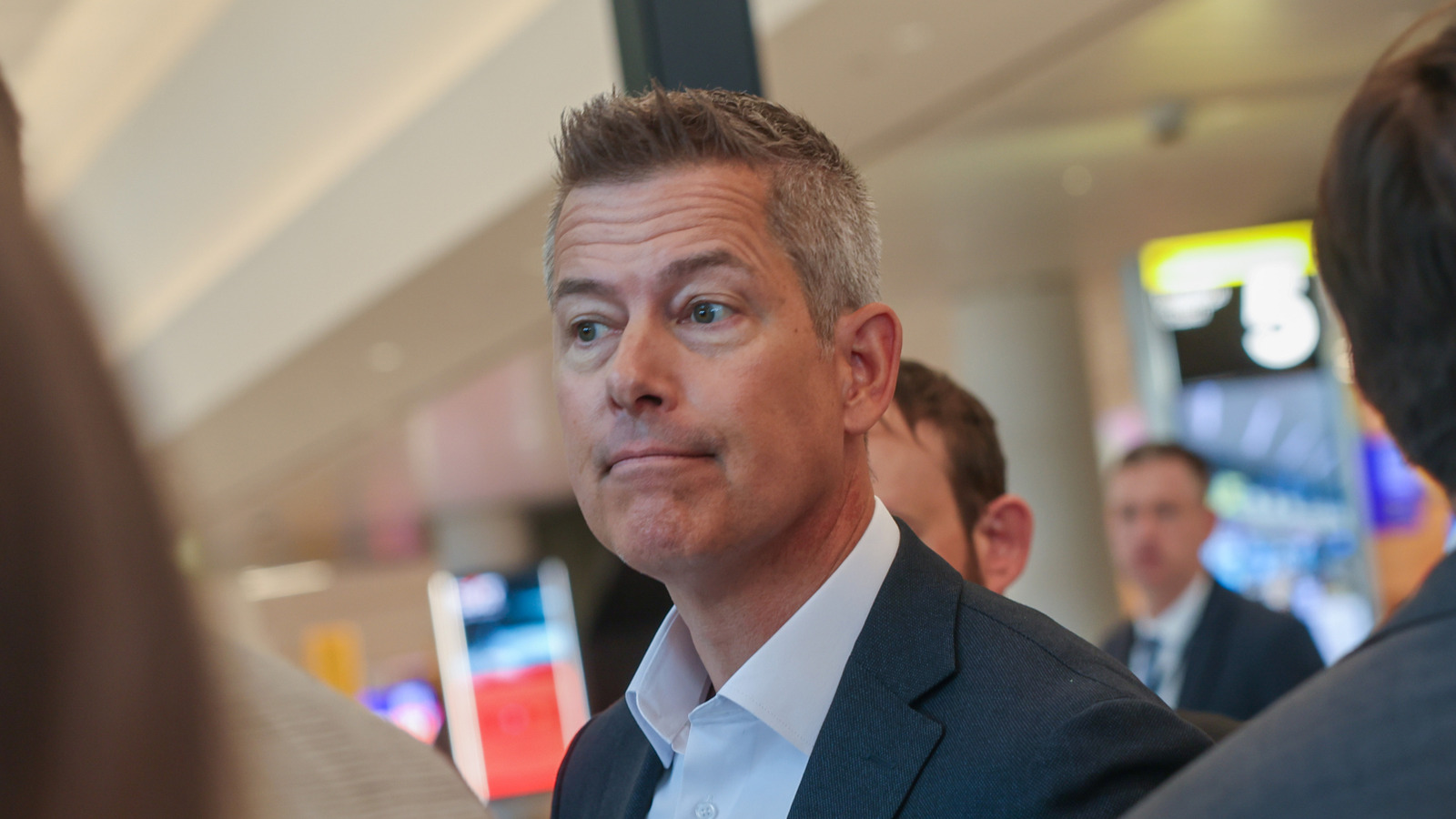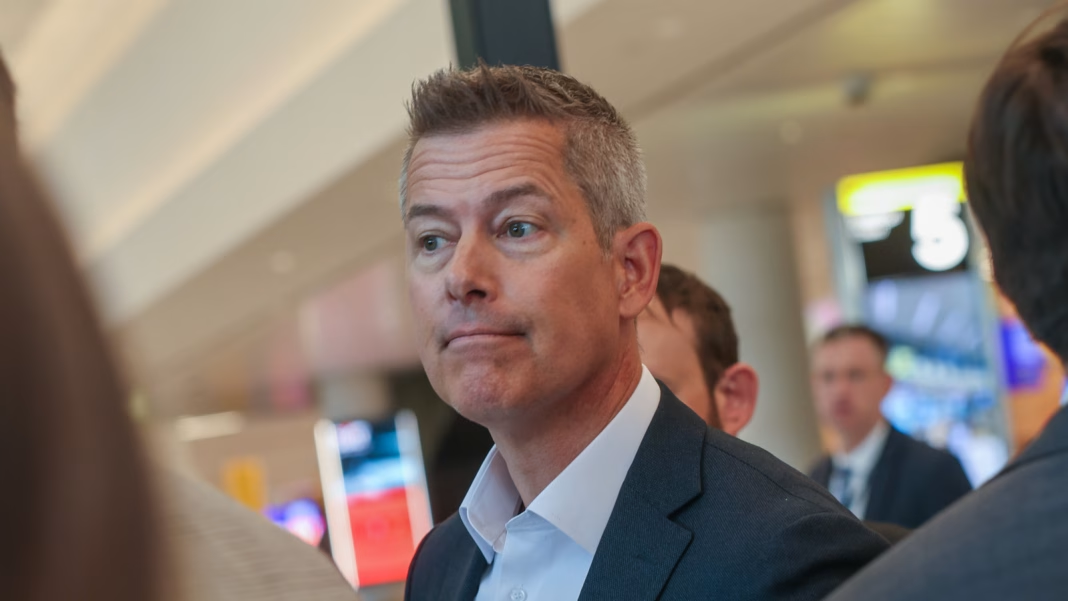Secretary of Transportation Sean Duffy has stirred up quite a conversation with his recent announcement regarding infrastructure funding. He’s made it clear: states that don’t put an end to ongoing protests could find themselves on the receiving end of funding cuts. This bold stance raises a lot of questions about the intersection of civic action, government funding, and the future of infrastructure projects across the country.
Why Is This Happening Now?
The backdrop to Duffy’s warning is a series of protests that have been gaining traction in various states. These demonstrations often center around issues like climate change, social justice, and economic inequality. While protests are a fundamental part of democratic expression, Duffy’s position suggests that the federal government is drawing a line when it comes to how these actions impact public infrastructure and safety.
The Secretary’s rationale seems to hinge on the idea that ongoing protests can disrupt not just local communities but also the broader economic landscape. Infrastructure projects, which often rely on federal funding, are crucial for maintaining and improving transportation networks, bridges, and roads. If protests are perceived to threaten these projects, Duffy argues, it could justify withholding funds.
What Does This Mean for States?
For states, the implications of Duffy’s threat are significant. Infrastructure funding is not just a line item in a budget; it’s the lifeblood of many local economies. Projects funded by these dollars can create jobs, improve safety, and enhance quality of life. So, the prospect of losing that funding can put state officials in a tough spot. They must balance the need to uphold citizens’ rights to protest with the potential economic fallout from losing federal support.
This situation also raises questions about the role of the federal government in local matters. Should the federal government have the authority to influence state policies based on how they handle protests? It’s a complex issue that touches on states’ rights, federal oversight, and the very fabric of democratic engagement.
What Are the Potential Consequences?
If states choose to ignore Duffy’s warning, they could face a significant financial hit. The loss of infrastructure funds could stall projects that are already in the pipeline, leading to delays in critical repairs and upgrades. This could have a ripple effect, impacting everything from local employment rates to public safety.
On the flip side, if states comply with the Secretary’s demands, they may face backlash from constituents who feel their right to protest is being undermined. This could lead to a tense atmosphere where state leaders are caught between federal pressure and the voices of their citizens.
Finding a Middle Ground
Navigating this situation will require a delicate balance. States might need to engage in dialogue with protestors to find common ground while also communicating with federal officials about the importance of maintaining funding for essential projects. It’s a challenging task, but one that could foster a more collaborative approach to governance.
The big takeaway? Duffy’s stance isn’t just about funding; it’s about the broader implications of how we manage civic engagement in a democratic society. States have a unique opportunity to show that they can uphold the right to protest while still prioritizing the needs of their communities. It’s a tough balancing act, but with thoughtful dialogue and proactive measures, it’s possible to create a path forward that respects both civic rights and the need for infrastructure development.


